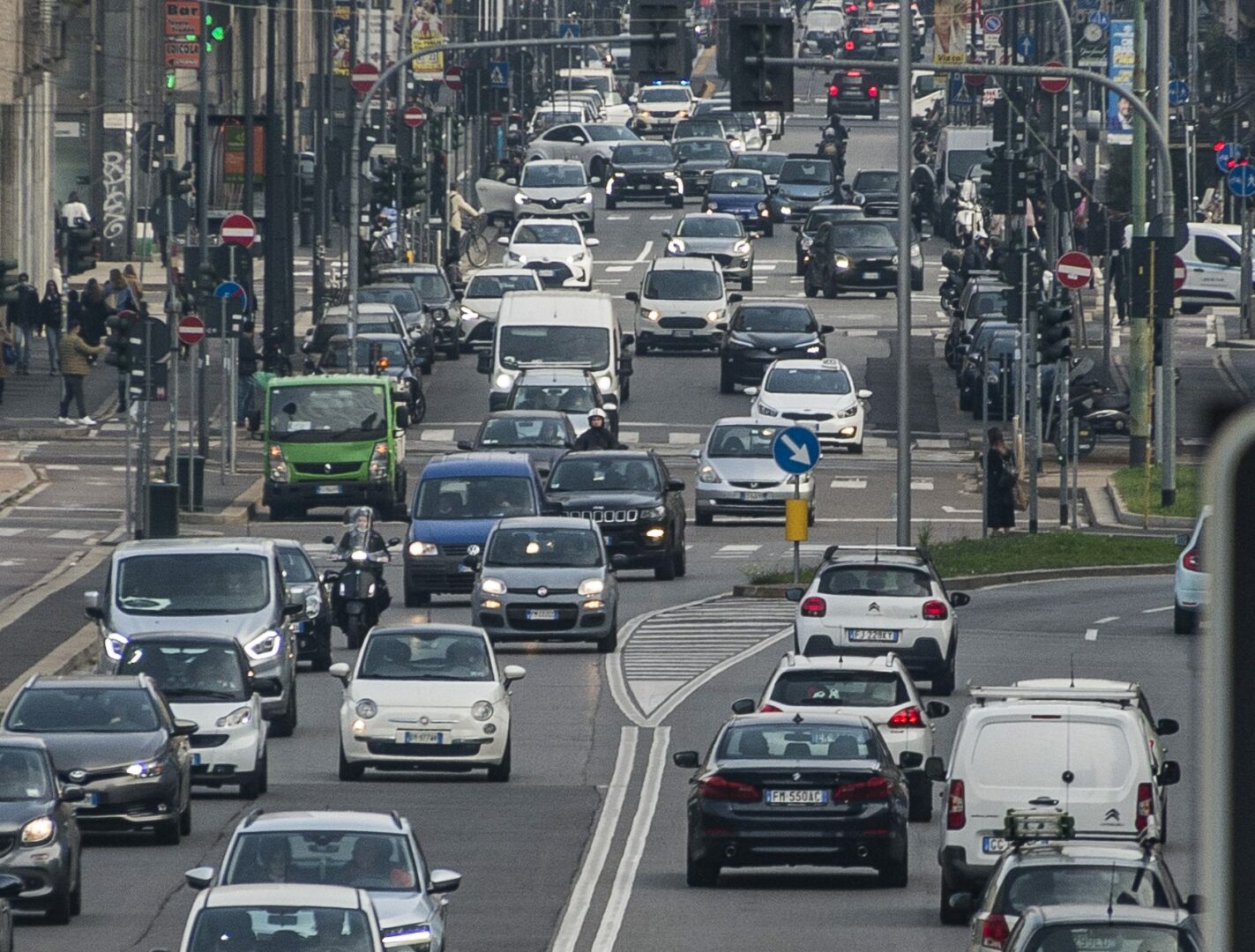ROME (ITALPRESS) – With 83 votes in favor, 47 against and one abstention, the Senate gave final approval to the bill on road safety with the delegation to the government for the revision of the Highway Code, which had already obtained the green light from the House. “More safety and prevention, contrast to abuse and misbehavior, updated standards and real road education. It is a result of a long discussion that lasted more than a year with associations, local authorities, automotive realities and experts (real experts, not those who in recent hours have spread fake news about maxi fines for speeding), with a common goal: to reduce the carnage on Italian roads. Forward like this,” Matteo Salvini, deputy prime minister and minister of Infrastructure and Transport, comments on Instagram.The new law on road safety and amendments to the Highway Code introduces significant changes to improve traffic safety, reduce the risks of accidents, and incentivize responsible driving behavior.The law is divided into two main axes: specific amendments to the Highway Code (Titles I, III and IV) and extra-code legislation, with special attention to the regulation of micro-mobility; delegation of powers to the government to revise the regulatory system on motorization and road traffic, including a delegation of technical subjects subject to frequent updates. On the front of combating Drunk Driving and Driving Under the Influence of Drugs In general, the regulations remain the same. It tightens up, however with respect to so-called repeat offenders: Driving Under the Influence: for repeat offenders, there will be an absolute ban on alcoholic beverages before driving for a period of two or three years, depending on the severity of the offense. It will also be mandatory to install the alcolock device, which prevents the engine from starting if a blood alcohol level above zero is detected. Immediate Withdrawal of License; Driving Under the Influence of Drugs: Simplification of procedures for the detection of drug use, eliminating the need to verify the state of mental and physical alteration. The criminally sanctioned conduct will be driving after taking drugs, regardless of the driver’s altered state. In case of positivity, there is the revocation of the license and the obligation to undergo a medical-legal examination, with a three-year ban on regaining the license.A short suspension of the license is introduced for serious offenses (e.g., driving on the wrong side of the road, failure to use seat belts); cell phone behind the wheel fines of up to 1,400 euros and license suspension of up to 3 months. Among the new measures for Novice Drivers and Road Education: ban on driving powerful vehicles extended from one to three years for novice drivers, limiting the use of vehicles with power over 75 kW/t. This is to meet the needs of families, allowing young people to drive the only medium-powered family car; Road Education Courses in schools with additional scores on the license, to make young people aware of the risks associated with offenses.Regulations on Speed Cameras and Restricted Traffic Zones: Clear rules for speed cameras: Uniform criteria for installation and use of devices, to reduce litigation; Limitations in controls on LTZs: Avoid multiple penalties for those who, having entered correctly, find themselves stuck in the zone when the ban goes into effect; Administrative work is being done on the homologation/approval issue.News also regarding regulations for Micromobility and two-wheelers: Scooter scooters, mandatory helmet for all, identification markings and insurance. Shared scooters will have to have a device that prevents their use outside permitted areas. Severe penalties for illegal parking and driving on dangerous roads; Bicycling: Introduction of a minimum safe distance of 1.5 meters for overtaking cyclists, both in urban and extra-urban areas; Protections for two-wheelers: rules and safety garrisons such as guard rails to save cyclists, for which we have also allocated incentives for municipalities and provinces.On Safety at Level Crossings: Adaptation of signage and clearer rules of behavior at level crossings, with the possibility of remote control for dangerous violations.New Rules also on Parking: Dedicated parking spaces: Reserved for electric vehicle charging, “kiss & ride” areas for stations and airports, and, free of charge, for the disabled. Set the minimum number of free parking areas at 20 percent; The rules on parking pricing are amended in order to introduce a progressivity of the penalty based on the size of the violation. Urban traffic restrictions may be imposed only if the requirements of reducing pollutant emissions and the protection of cultural heritage and the protection of artistic, environmental and natural heritage exist jointly. In compliance with the criteria of adequacy and proportionality and taking into account, however, the needs of mobility and the protection of production.The delegation of powers to the government for the Revision of the Highway Code will allow the revision of the 1992 Code, with the tightening of penalties for dangerous offenses and the protection of the most vulnerable. For greater flexibility, regulations that require frequent updates will be delegated, including: standards for exceptional, historic or collector’s vehicles; vehicle approval procedures; road infrastructure digitization processes; and safety devices to prevent child abandonment in vehicles. Finally, for abandoning animals on the road, up to 7 years in prison if this causes accidents.
– Photo Agency Photogram –
(ITALPRESS).

